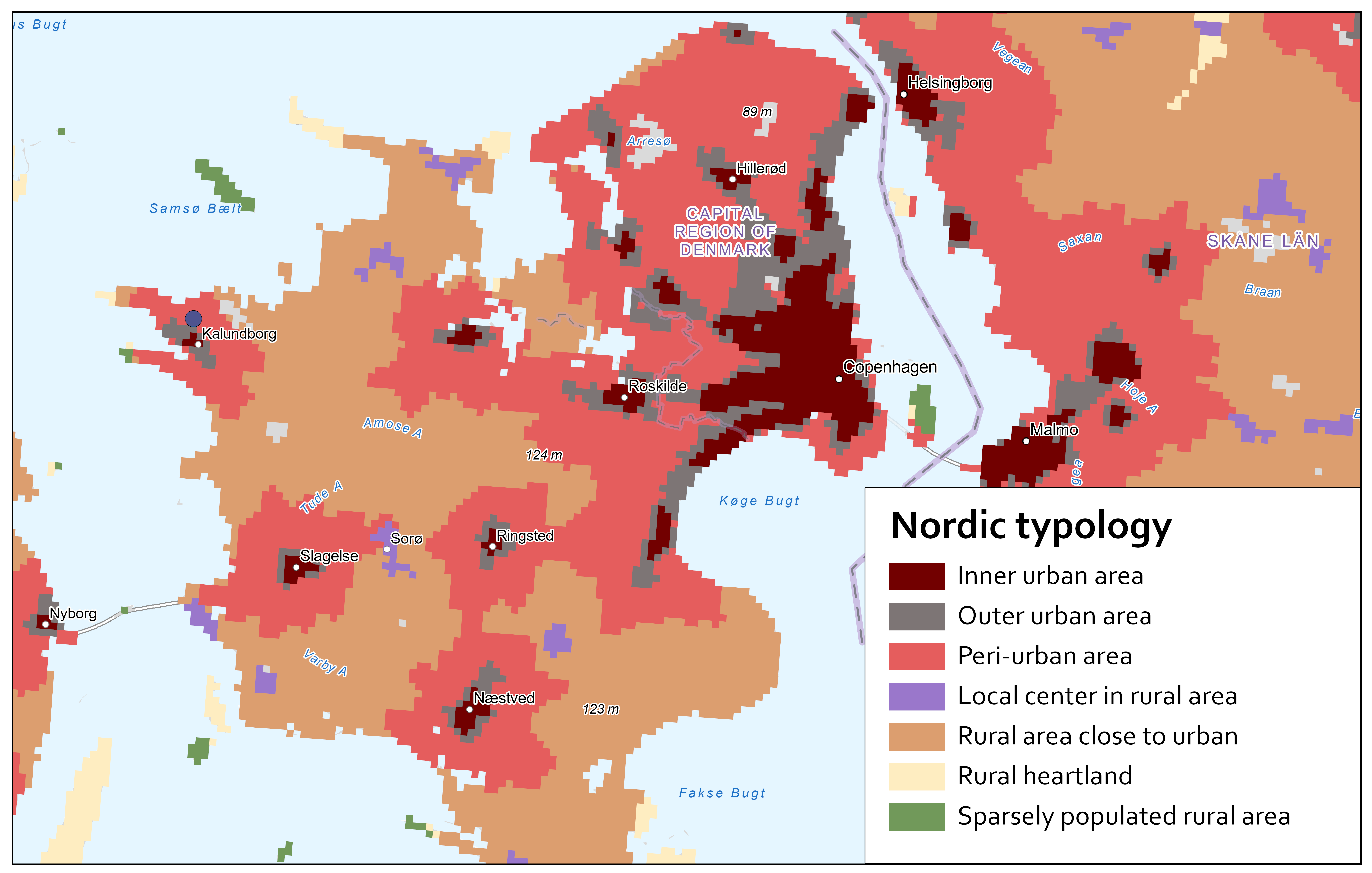Image 16. Traditional Danish housing in the centre. (Source: Anna Granath Hansson)
Case study towns
Case 1: Kalundborg, Denmark: Industrial and historic on the coast
Kalundborg is situated in western Zealand and was established in the 12th century around its natural harbour (Map 2). From the mid-1800s, it grew into an industrial cluster. Today, 16,486 people reside in the town. The industrial harbour is still the core of the town, and the industry is dominated by large pharmaceutical companies and their sub-suppliers. The industry both has employees of Danish origin, but also notable shares of international workers, parts of which work on a fly-in, fly-out basis. Higher educational facilities are both connected to the industry and the general education system. There is a direct train link to Copenhagen.
As the town grew fast in the mid-1900s, the existing town structure and housing supply is influenced by the town planning and architectural ideals of the time. Although there is multi-family housing in the town centre and its vicinity, single-family housing is the prominent housing form mere blocks away from the main shopping street. A distinct share of older districts and buildings have been preserved, which adds to the town’s attractiveness (Image 16). The historical upper-town area around the church contains a charming set of older buildings and cultural institutions. The town centre, with its historical small-scale buildings and traditional main shopping street, competes with box stores and smaller malls along the main throughfare. In recent years, new housing has been constructed to cater to a growing number of students and new inhabitants.
The town is located on the coast with multiple recreational offers connected to the water. A new park has been constructed to better connect the town with the waterfront. At present, Kalundborg is in a transitional stage, where its former identity as a mill town is contested by new populations connected to the larger industries and higher education facilities.
